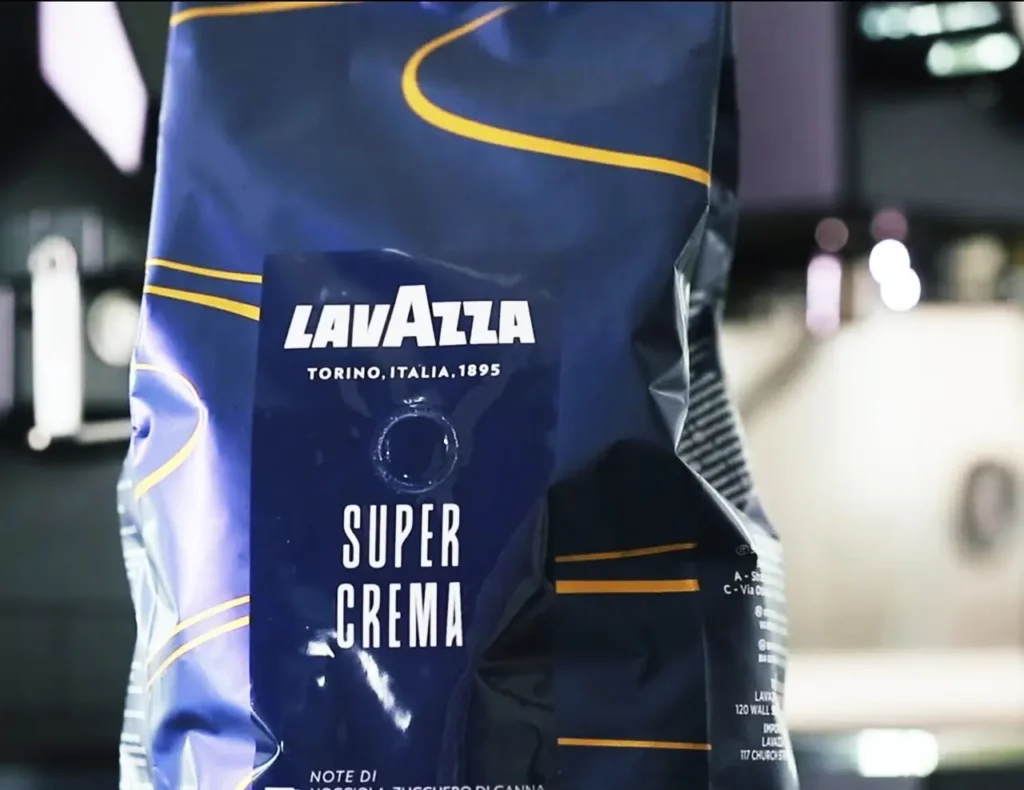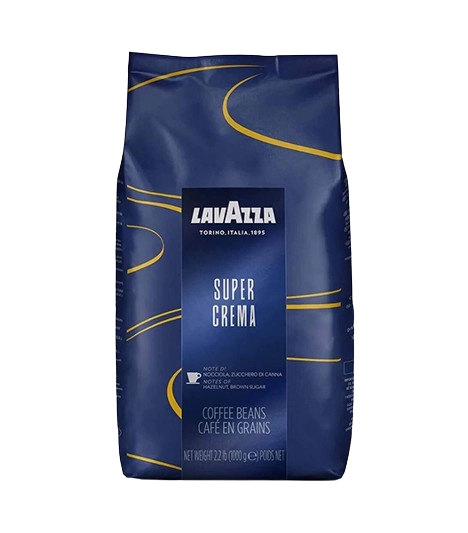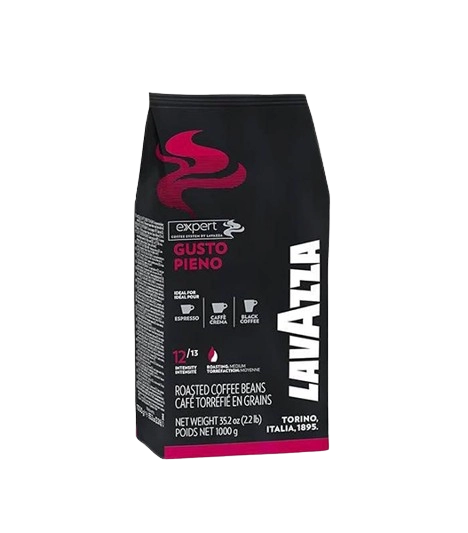In the bustling world of business, the choice of coffee can often be overlooked. Yet, it’s a decision that holds more weight than one might think. Whether you’re a café owner, a restaurant manager, or an office supervisor, the coffee you serve becomes a part of your brand. It’s not just about the taste, but also about the consistency and quality that your customers come to expect.
Businesses are typically faced with two options: buying bulk roasted or raw coffee or using well-known or specialty brands. Each option has its own set of considerations. Bulk buying might offer cost advantages and the flexibility to create your own unique blends. On the other hand, well-known or specialty brands come with their own reputation for quality and consistency.
Before diving into the world of coffee brands and blends, it’s crucial to understand the characteristics of these coffees better. For more detailed information about roasted coffee beans and their characteristics, we suggest reading our previously published posts:
- Exploring 18 Roasted Coffee Bean Varieties & Bean Types
- Wholesale Coffee Beans — Ultimate Buyer’s Guide.
This guide aims to help you navigate through these options and make the best choice for your business. We’ll provide tips on choosing coffee blends, discuss the importance of consistency and quality, and offer a selection of coffee blends to consider.
Remember, when you start with better beans, you’re one step closer to serving the best coffee around. So, don’t rush the process! Taste as many coffees as you can and do as much research as possible to ensure you’re getting the best quality of coffee to serve to your customers.
Stay tuned as we delve into the world of coffee brands and blends, helping you make an informed decision for your business.
What Is A Coffee Blend Or Single-origin Coffee?
Coffee blends and single-origin coffees are two terms often used in the coffee industry. Single-origin coffees come from a specific region, offering unique flavors and characteristics. On the other hand, a coffee blend is a mix of different coffees from various regions or farms, designed to create a balanced and consistent flavor.
The practice of creating blends started when coffee began to be grown in various parts of the world. The aim was to produce a more consistent and distinct product. An early example is the “Mocha-Java” blend, combining beans from Yemen and Indonesia.
Today’s blends typically contain up to five different coffees. Anymore can risk masking the blend’s complexity, flavor, and texture. Often, one “base” coffee makes up a significant proportion of the blend to provide a stable underlying flavor.
Blends aren’t just about mixing different varieties and origins. Sometimes, they even involve two different species of coffee — Arabica and Robusta. Arabica is known for its complex flavor, while Robusta can add body and crema to the blend.
The idea behind blends is to take the best qualities from different origins to create a smooth, well-balanced coffee. Many blends are designed to work well as the base for traditional espresso-based drinks like lattes and cappuccinos. They are often more consistent and forgiving than single origins, making them a popular choice for businesses.
In short, the differences between Coffee Blends and Single-Origin coffees lie in:
- Traceability: Single-origin coffees can be traced back to a specific region, while blends are a mix from various locations.
- Availability: Single-origin coffees may be seasonal, while blends can often be replicated year-round.
- Consistency: Blends aim to provide a consistent flavor profile, while single-origin flavors can vary based on harvest conditions.
- Quality: Both can offer high quality, but single-origin allows you to experience unique characteristics of a specific region.
As we mentioned before, for businesses such as offices, hotels, restaurants, coffee shops, and more, choosing coffee is not just about taste. Consistency and quality are equally important, as they directly impact customer satisfaction. You can read more about single-origin coffees here.
Which One To Choose, Coffee Blends Or Espresso Blends?
Contrary to common belief, espresso roasts don’t use a different type of coffee bean. In fact, coffee beans and espresso beans are the same, just roasted and used differently. You can use the same blend or single-origin coffee for both pour-over and espresso.
When you see a blend labeled as an “Espresso Blend,” it’s been specifically roasted to excel in espresso drinks. This usually means a medium to dark roast that brings out the best flavors when brewed as espresso.
In essence, both blends are equally delightful, each roasted with a specific beverage in mind.
Related post: The True Taste of Specialty Coffee: Your Essential Guide.
Practical Tips For Choosing The Right Coffee Blend
1. Whole Bean or Ground Coffee
Coffee starts to lose its flavor and freshness just 30 minutes after grinding. That’s why it’s crucial to buy whole bean coffee blends and grind them immediately before brewing.
Coffee enthusiasts are passionate about buying whole bean coffee. They either grind it themselves or have it ground at a local coffee shop. This practice helps to maintain the coffee bean’s freshness.
2. Roast Style/Level
Whether you’re a fan of light, fruity beans or prefer them dark and chocolaty, your personal roast preference is key when ordering. It’s important to remember that any coffee, whether it’s single origin, medium roast, light roast, or dark roast, can be used to make espresso. The terms “Espresso beans” and “Espresso blend” indicate that the roaster has specifically designed the blend for espresso brewing.
We recommend medium to darker roasted coffees for espresso due to their consistent taste. There are two main reasons for this:
Firstly, medium to darker coffees are more forgiving than lighter ones. Light roast coffees can sometimes be overly bright and acidic when served as a straight espresso shot. Additionally, the flavor of light-roasted coffee can get lost in milk, resulting in a milk-based beverage with little coffee taste.
Secondly, darker coffees pair better with milk. Deeper notes, such as chocolate, caramel, and nuts, complement milk well, especially in lattes and cappuccinos. You can read more here: Exploring 18 Roasted Coffee Bean Varieties & Bean Types
3. Roast Date/ Freshness
Freshly roasted beans are unbeatable. The best espresso is made from beans that are between 7-21 days off roast. The reason? Crema. Crema is the creamy top layer of an espresso, formed by CO2 microbubbles when hot water hits fresh coffee. This is what coffee lovers seek. Mixing crema into the espresso shot adds an extraordinary depth of flavor.
Without crema, espresso tastes more like a very strong black coffee. As coffee ages, it loses CO2 and produces less crema. So, if you’re buying super-fresh coffee, make sure to use it while it’s still fresh!
When it comes to freshness, there are two key dates to look for on a coffee bag: a roasted date and a best buy date. The roasted date tells you how fresh the coffee is and when it was roasted. The best buy date, on the other hand, provides guidance on how long the coffee will stay good, but it doesn’t guarantee a fresh cup.
4. Flavor
Coffee blends can range from subtle and smooth to acidic and complex, or sweet and light. The roaster’s goal determines the blend’s characteristics. Therefore, choose a blend that suits your personal flavor preferences.
When browsing options at your local roaster or grocery store, read the flavor profiles and look for tasting notes that you enjoy.
5. Aroma
Even before the coffee pours into your mug, it should captivate you with an irresistible aroma. Good coffee should never emit a stale or acrid smell. Instead, it should exude a robust and appealing scent that promises a delightful experience. The aroma of coffee is a preview of its taste, a sensory hint of the pleasure that awaits in each sip. Whether it’s the familiar aroma of a traditional roast or the intriguing fragrance of a unique blend, the scent should always be fresh and welcoming, preparing the senses for the full-bodied flavors to come.
You can read more here: Exploring 18 Roasted Coffee Bean Varieties & Bean Types

Our Top Pick For Best Coffee Brands: Lavazza
Lavazza, a beloved and best-selling Italian brand, has gained international recognition for its exceptional coffee. The company’s journey began in 1895 when Luigi Lavazza, the founder, opened the first Lavazza store in Turin, Italy. His smart business strategies and deep understanding of coffee helped Lavazza become the successful brand it is today. Today, Lavazza stands as an iconic symbol of Italian coffee culture, cherished by coffee lovers worldwide.
Why Do We Choose Lavazza?
We picked Lavazza for its innovative blending and packaging, market leadership, and commitment to sustainability. Lavazza pioneered the blending of coffee from different origins and introduced packaging that preserved coffee’s flavor. As Italy’s largest coffee company, Lavazza has consistently expanded its product range and manufacturing base. Lavazza’s influential marketing, robust financial growth, strategic acquisitions, and commitment to carbon neutrality solidify our choice.
Lavazza’s Best Coffee Blends
1. Lavazza Super Crema
The harmony of Italian espresso is epitomized by the Super Crema blend, a premium espresso coffee from Lavazza. Crafted with a mix of 60% Arabica beans from Brazil, Colombia, and India, and 40% Robusta beans from Indonesia and Vietnam, it offers a full-bodied and decisive taste profile. With aromatic notes of roasted hazelnut, brown sugar, honey, almonds, and dried fruit, this mild, creamy, and medium- to light-bodied blend delivers a rich and indulgent flavor experience with zero bitterness and low acidity. Designed for preparation using an espresso machine, each cup captures Lavazza’s signature deep aromatic profile and medium body. Whether brewed as a traditional espresso or a regular drip coffee, Lavazza’s Super Crema provides a versatile, mild, and velvety-smooth roast. It appeals to those who appreciate the traditional flavors of Italian espresso with a modern twist, making it a popular choice for everyday morning coffee.
2. Lavazza Gusto Pieno
The Gusto Pieno beans by Lavazza, renowned for their intense aroma and compact crema, offer a robust espresso blend with an intensity rating of 12 out of 13. These medium-roasted beans, a mix of Arabica and Robusta varieties sourced from Africa, Asia, and South America, deliver a distinctive flavor with aromatic notes of cereals and tobacco. Packaged as 1 kg of ground coffee, they are perfect for preparing espresso. While currently unavailable for immediate purchase, potential buyers can register their email on the Lavazza website for restock notifications. Produced in Italy by Lavazza, a respected name in the coffee industry, this product meets high-quality standards.
If you have questions about the coffee blends and brands or what espresso machine may be best for you, feel free to reach out to us. We’re based in Dubai, UAE, and we welcome visitors. If you’re in the area, come on by and we’d be happy to help you in person.
If you’re looking to source green coffee, our guide on How To Find Green Coffee And Its Supplier might be of interest to you.
Frequently Asked Questions
Single-origin coffee comes from a specific region, offering unique flavors and profiles. Coffee blends, however, are a mix of beans from different regions, providing a balanced and consistent taste.
The choice of roast depends on your customers’ preferences. Medium to dark roasts are often preferred for espresso drinks, as they offer a richer flavor that blends well with milk. Light roasts may be ideal for customers who prefer coffee with more acidic and floral flavors. Read more here.
For the freshest and most flavorful coffee, it’s recommended to buy whole beans and grind them just before brewing. However, pre-ground coffee can be a convenient option for serving large volumes of coffee daily.
Store your coffee in airtight containers at room temperature, away from direct sunlight and heat. Also, consider the turnover rate of your coffee supply to ensure you’re always serving fresh coffee. Regular equipment maintenance is also crucial.
Yes, many brands offer organic and fair-trade coffee. These options ensure that the beans are grown without harmful pesticides and that the farmers receive a fair wage. You can also look for brands that use sustainable packaging.
It’s a good practice to review your coffee selection semi-annually or annually. This review can involve tasting new blends, soliciting customer feedback, and assessing supplier options. Staying updated with coffee trends can also help you keep your coffee menu exciting and relevant.


